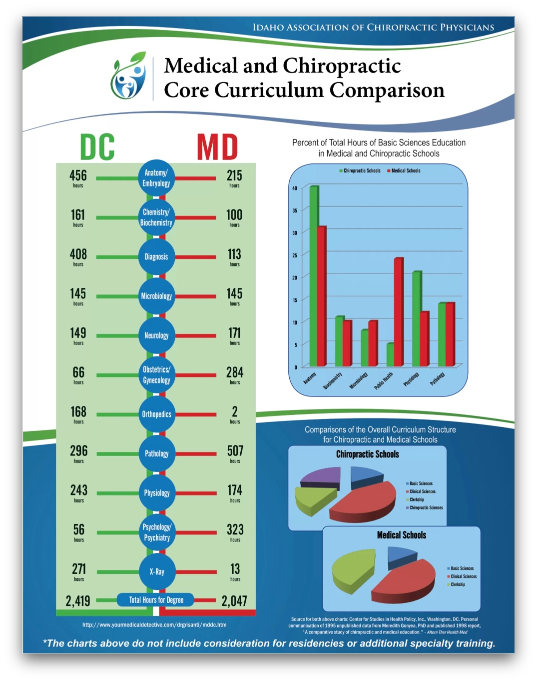About Essential Family Chiropratic
About Dr. Eric Lindsell, Chiropractor
Dr. Eric Lindsell grew up in Monsey, New York and attended Northeastern University, in Boston, where he received a B.S. in Business Administration. Dr. Lindsell earned his Doctor of Chiropractic degree in 1998 from Palmer College of Chiropractic West, received the distinguished award of Clinical Excellence, was pleased to be awarded the “Outstanding Young Man of America” and was nominated by the husband of a patient.

“I was a very successful Contracts and Business Manager and very physically active. I was standing in my office one morning and twisted to pick up my coffee cup and had shooting pains in my low back that were almost crippling. I had difficulty performing my daily activities. I remembered back to a family chiropractic friend in New York and thought I should give it a shot because he had helped my dad and grandfather for years. I was now living in Maryland, so I called a local Chiropractor and made an appointment.
The chiropractor did an exam, took some films, and then “adjusted” my spine. The adjustment didn’t hurt, it felt good. I got relief, and I could move about without any pain. Chiropractic care had such a large impact on my life that I decided to change careers and go to Chiropractic College to help others who were in need.”
Facts About Chiropractor Education
Doctor of Chiropractic are highly educated and take many undergraduate courses in biology, chemistry, and physics even before attending a four-year Postgraduate study at Palmer College of Chiropractic West in San Jose, California. I underwent an extensive course of study in normal human physiology, proper body biomechanics, radiology, pathology, nutrition, biochemistry, health promotion, and adjusting techniques.
A lot of people ask how chiropractic education compares to medical education. Since both work with the human body, there is much similarity in their studies, but there are important differences as well.
The chart compares medical and chiropractic education. It was compiled from a review of the curricula of 22 medical schools, 11 chiropractic colleges, and updates from the National Health Federation Bulletin.




